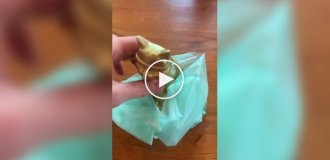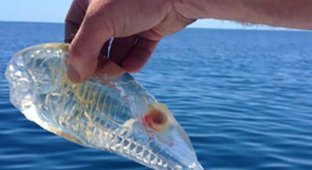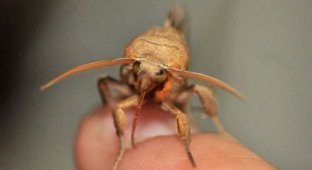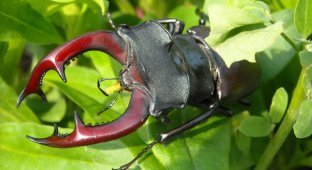Today we will learn about the soldier bug.

A little biology
The soldier bug, or wingless red bug, or cossack bug (lat. Pyrrhocoris apterus) is an ordinary ground bug of the red bug family, 9-11 mm in size. The back of the bug is bright red (less often yellow), and an unusual black pattern can be seen on the carapace. The bug does not have hind wings, so it cannot fly. The shape of the beetle is oval, slightly flattened. The insect's mouth is modified into a sucking-piercing proboscis for piercing the shell of seeds, plants and the chitinous shell of small dead insects. In a calm state, the proboscis is located horizontally at the bottom of the head.

Bedbugs reproduce at high speed. The mating process of soldiers is very unusual: the male’s seed cells enter the female’s abdomen when the partners press their backs against each other.

Soldiers lay white eggs in the internal tissues of plants (leaves, cuttings, shoots, trunks), on which they currently feed. One oviposition contains from 20 to 30 eggs. Since the type of development in these insects is incomplete metamorphosis (transformation), the soldier bug does not have a pupa. Larvae emerge from the testicles after 1.5 weeks. The larva differs from the adult insect in its smaller size and uniformly red color of the body.

The soldier bug lives in rotten stumps, in fences, fallen trees and under stones. Insects choose open, sunny and warm places to live and reproduce. From December to early March, bedbugs hibernate. They choose secluded places for this in advance. Usually these are dry and warm cracks in trunks, fences, and old wooden buildings.

In terms of nutrition, bedbugs are quite unpretentious. Previously, it was believed that they do not cause harm, since they only eat seeds, fruits or dead insects that have fallen to the ground. However, these bugs do not mind eating the juice of various garden crops. To get it, they pierce a leaf or stem.

Soldier bugs are animals with a very wide geographical range. They live throughout Eurasia, North America and North Africa.
Interesting Facts
- Soldier soldier larvae feed on birch sap, and later on young plant shoots (alfalfa) and weeds. You can see the larvae on birch trees, where they sit motionless waiting to molt.
- Soldier bugs do not pose a threat to humans and are unable to cause harm.
- Due to the lack of wings, the pest cannot fly.
- You can often notice two bedbugs that are connected to each other by their rear ends of their bodies. Such a tandem when mating soldiers can last from 12 hours to 7 days.
- In one colony there are 3-4 times more males.

- The soldier bug is one of the very first insects to appear in the spring.
- Officially, the soldier bug is not a pest of garden and vegetable plants.
- Soldier bugs are fairly harmless insects, but large concentrations of them can cause some damage to a garden or vegetable garden.
- The soldier bug cannot stand proximity to black cohosh (cohosh). Gardeners who have planted one of its species on the site (most often it is the heart-leaved cohosh) note that after just a year the insects disappear.

- In Ukraine they are called the moskal bug or moskalik, because the elytra with a black pattern are similar to the red caftans of the Moscow archers.
- In English-speaking countries, the soldier bug is called Firebug, which means “arsonist.”
- The soldier bug is a convenient laboratory object (food - sunflower seeds)
- We can say that nature protected these insects from natural enemies, giving the soldiers an unpleasant taste.
- Sometimes there are varieties of toy soldiers with a yellow color, but with the same unchanged black pattern.
- Cannibalism is a common occurrence in large colonies of these bugs.
- Recently, reports have begun to appear that the soldiers have mutated and the harm from them has become even more serious.
- Although red beetles are generally odorless, they can sometimes emit a pungent odor when crushed.

- Most of all, the soldier bug likes to feed on the seeds of mallow and linden.
- In 2008, the soldier bug was first discovered in North America, in the southeastern area of Salt Lake City, Utah.
- Because of the pungent odor, even the spider throws these strong-smelling insects out of its web.
- When soldier bugs gather together, the effect of their color and smell is enhanced and serves as a warning to birds that these insects are inedible.




























